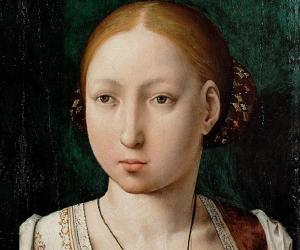

Feliciano López made history by becoming the first male tennis player from Spain to reach the Wimbledon quarterfinals since 1972. With a career-high ranking of 12 in singles, he also became the 10th active player to cross the 500-win mark in singles. He is also known for his trademark serve-volley tennis.
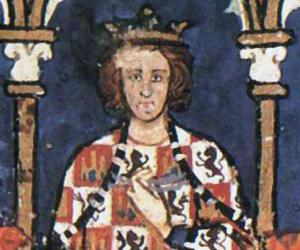
Alfonso X had served as the king of Castile and Leon in the 13th century. A patron of scholars, he readily participated in editing and writing their treatises. Apart from encouraging law and science, he also penned Galician poetry and established the Siete partidas law code, inspired by Roman law.

Brunhilda was queen of Austrasia, which was part of Francia. The daughter of Visigothic king Athanagild, she was also one of the most powerful fighters of Merovingian age. Her conflict with Fredegund, the queen consort of Chilperic I, ended in her death by being torn apart by four horses.
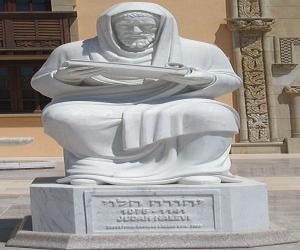
Spanish Jewish poet, physician, and philosopher Judah Halevi is remembered for his significant contributions to the development of Hebrew poetry. Best known for Sefer ha-Kuzari and his poems in Dīwān, he was greatly influenced by Arabian literature. His travels eventually took him to Egypt, where he died.
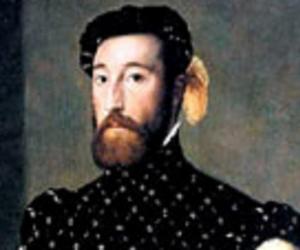
Born into a noble Spanish family, Garcilaso de la Vega grew up to be one of the greatest poets of the Golden Age of Spanish literature. Most of his mature writings were inspired by the Italian Renaissance and carried themes such as failed love. His notable works include Dialoghi di amore.


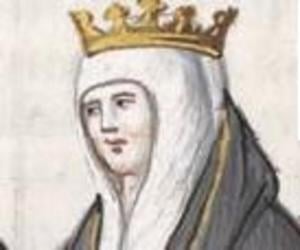
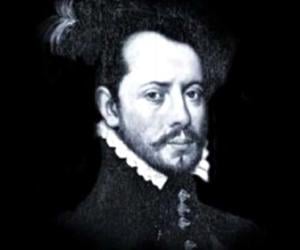
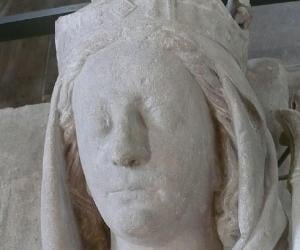

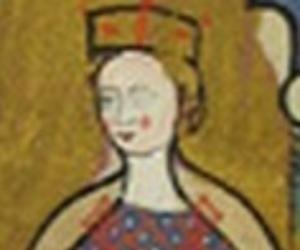


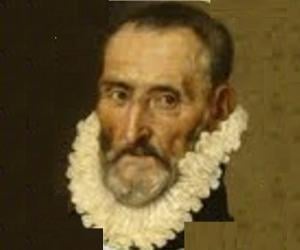
Spanish Baroque painter Luis Tristán was a pupil of El Greco and was highly inspired by Greco’s art. Orazio Borgianni, too, inspired him. His most significant works include The Adoration of the Magi and Holy Family. Some of his paintings on church altarpieces were destroyed during the Spanish Civil War.
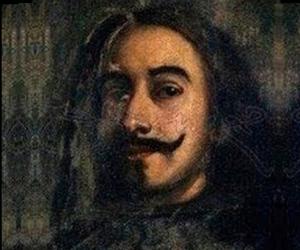
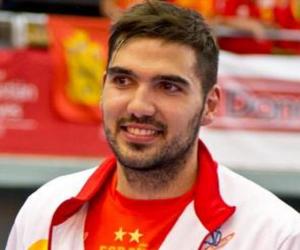

Born to a soldier, Diego Duque de Estrada was orphaned as a child and was raised by his cousin. Later accused of the murder of his cousin’s daughter, who was his fiancée, he escaped prison and joined the army of the Duke of Osuna. He later joined the order of San Juan de Dios.
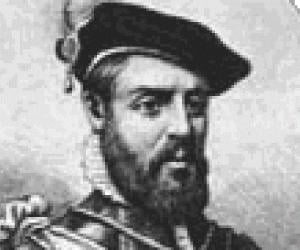
Born into a Spanish noble family, Juan de Padilla grew up to be an ace military leader who led the Castilian Comunidades in their rebellion against the Habsburg emperor Charles V, or Carlos I of Spain. He was eventually defeated and executed along with the other leaders of the revolt.
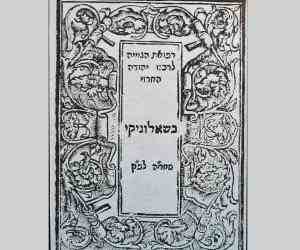
Spanish Jewish rabbi, translator, and poet Yehuda Alharizi was one of the greatest scholars of 13th-century Spain. Fluent in multiple languages, such as French, Greek, and Latin, he also traveled widely across the world. His works include Tahkemoni and translations of Arabic works such as Guide to the Perplexed into Hebrew.
